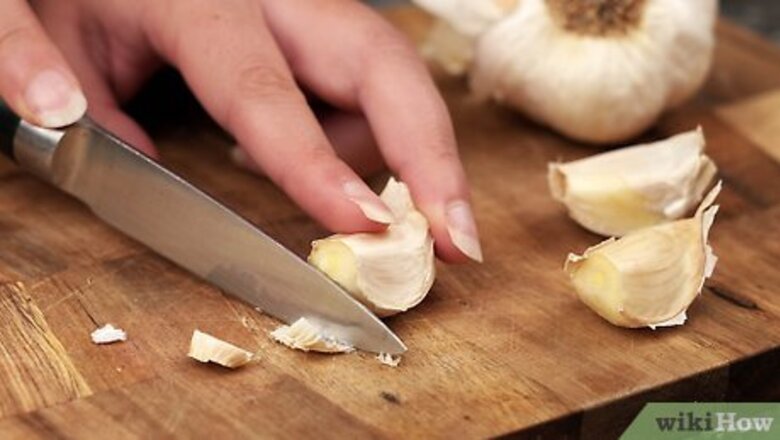
views
Peeling the Garlic
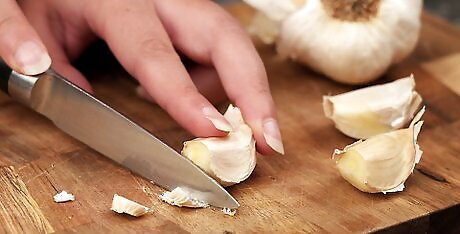
Slice off the roots of the garlic. Break away one to two garlic cloves from the bulb. Place the cloves on a cutting board. Use a paring knife to slice off the roots (or ends) of each garlic clove. Depending on your recipe, you may need more or less garlic cloves.
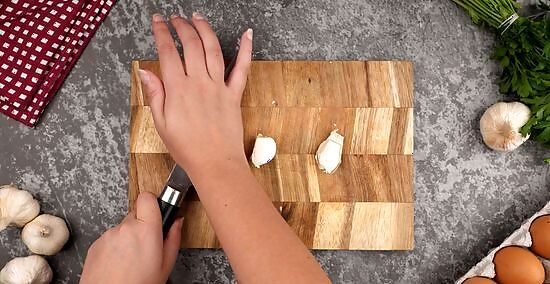
Squash the garlic cloves with a knife to loosen the skin. Place the wide side of a broad knife, like a chef’s knife, on top of one of the cloves. While holding the knife by the handle, place the heel of your other hand on top of the knife, directly above the garlic clove. Firmly press on the garlic with the knife until the skin breaks away from the clove. Repeat this process for each garlic clove.
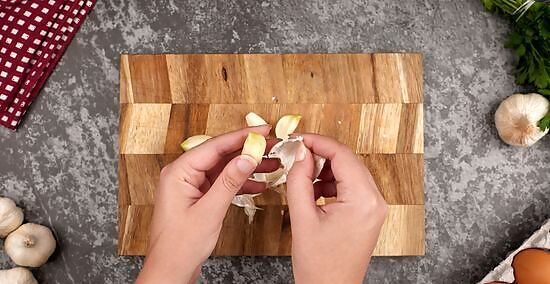
Peel off the skin. Squashing the garlic should have loosened the skin around it. Peel off the loose skin with your fingers. The skin should peel away easily. If the skin is still stuck to the clove, squash the clove again with your knife.
Cutting the Garlic
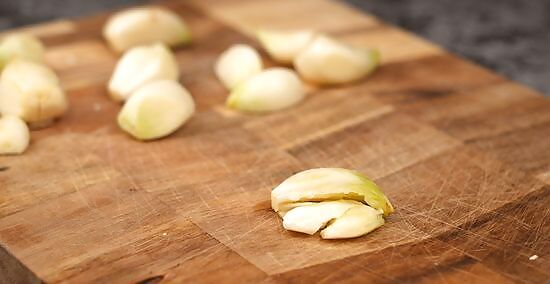
Crush the garlic to get a mild flavor. Place the clove flat on its side. Place the wide side of a broad knife, like a chef's knife, on top of the garlic. Hold the knife’s handle with one hand. Place the heel of your other hand on top of the knife, directly above the garlic. Then press down on the knife to crush the garlic. Crush the garlic until it is flat and smashed. By crushing the garlic, you are releasing only some of the garlic's juices, producing a mild flavor.

Slice the garlic to get a medium flavor. Place the peeled clove flat on its side. Use a small paring knife to cut the clove crosswise. Cut the clove crosswise into thin slices, about 1 centimetre (10 mm) thin. While you are slicing the garlic, turn the clove cut-side down once it gets too small to hold onto. By slicing the garlic, you are releasing more of the garlic's juices, which produces a medium flavor.
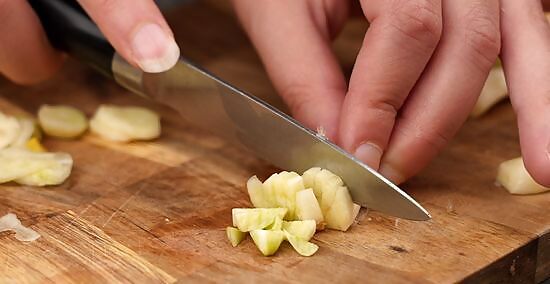
Mince the garlic to get a strong flavor. Start by slicing the clove crosswise with a paring knife. Use the paring knife to roughly chop the sliced pieces into smaller pieces. Gather the pieces into a small pile. Then use a larger knife, like a chef’s knife, to chop the garlic into even smaller pieces. Keep chopping the garlic until only small fine pieces are left. By mincing the garlic, you are releasing a majority of the garlic's juices, resulting in an intense flavor.
Sautéing the Garlic
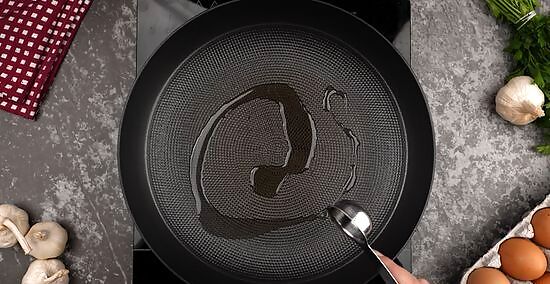
Add ⁄2 to 1 tablespoon (7.4 to 14.8 ml) of oil to a sauce pan. You can use olive oil, butter, vegetable oil, or another type of cooking oil to sauté the garlic. If you are using butter, keep in mind that since it burns faster, it will cook the garlic faster. A pan with a heavy bottom will promote an even cooking of the garlic.
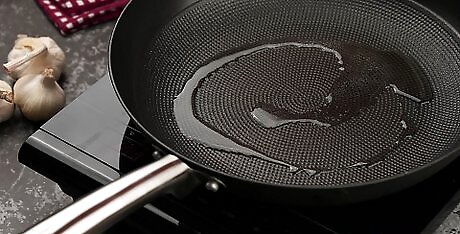
Warm up the oil over low heat. Set your stove to a low heat setting. Heat the oil, about one minute. Monitor the heat of the oil to make sure it is not too hot. The pan should be only slightly hot. If you cannot hold your hand over the oil for more than three seconds or it starts to smoke, then turn down the heat.
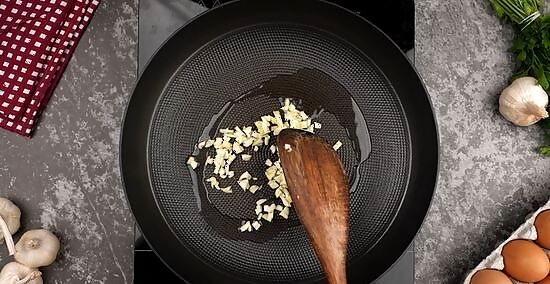
Stir in the garlic and sauté for 30 seconds. Once the oil is heated, stir in the garlic with a wooden spoon or spatula. Sauté the garlic until it is fragrant, about 20 to 30 seconds. As the garlic cooks, keep stirring it to prevent it from burning. Turn up the heat if the garlic is taking too long to cook.
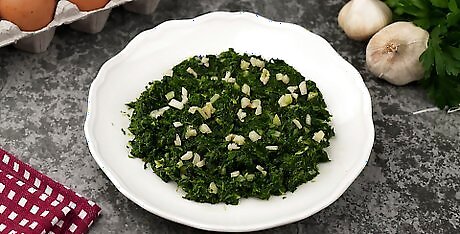
Dress vegetables with sautéed garlic, if desired. Once the garlic is cooked, turn off the heat and take the pan off of the burner. The garlic should be slightly translucent and have a light golden color. Pour the sautéed garlic over vegetables like spinach, cauliflower, asparagus, green beans, cabbage, or your favorite vegetables. If the garlic has a dark golden or brown color, then it is burned.
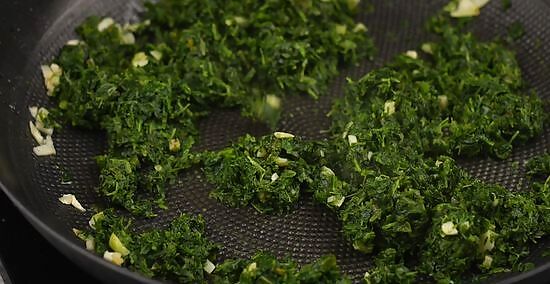
Add additional ingredients to the pan to create a sauce or dish. Once the garlic is fragrant, stir in any additional ingredients like tomatoes, onions, spinach or asparagus to create a tasty dish. Adding vegetables will also prevent your garlic from overcooking and burning.



















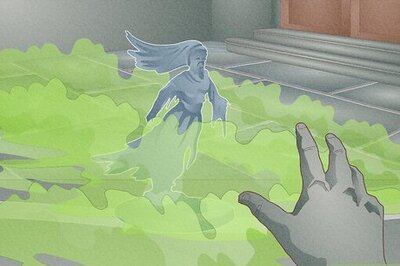
Comments
0 comment